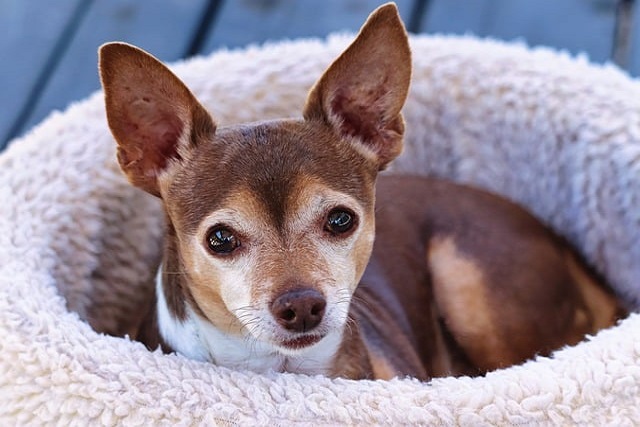
How do i train my dog to be obedient?
Watching your dog dart across the park ignoring your calls isn’t just frustrating—it can put them at risk near busy streets or public spaces.
If you’ve ever found your flower bed dug up or your favorite shrub chewed to bits, you’ve probably searched for easy ways to keep neighborhood dogs (or even your own) out of your yard. New pet owners, like my friend who just planted a vegetable garden, often stumble on home remedies—one of the most common being coffee grounds. She sprinkled them around her tomato plants, hoping the strong smell would send dogs running. But did it work? The answer is a bit mixed: coffee grounds can deter some dogs, but not all, and there’s a right way to use them to avoid harm.
Dogs have an incredible sense of smell—about 10,000 times stronger than ours—and some find the bitter, earthy scent of coffee overwhelming. For dogs who dislike the smell, a sprinkle of used coffee grounds around gardens, flower beds, or furniture can make those areas less appealing. It’s similar to how some humans avoid strong perfumes—what’s overpowering to us is even more intense for them. But here’s the catch: not all dogs mind coffee. My neighbor’s lab, Charlie, loves rooting through the compost bin, coffee grounds included, so they do nothing to stop him. Plus, coffee is toxic to dogs if eaten in large amounts, so using grounds where your dog (or others) might snack on them is risky.

If you want to try coffee grounds as a deterrent, use them safely and strategically. Stick to used grounds (they’re less potent than fresh, reducing the risk of irritation) and sprinkle a thin layer around the edges of areas you want to protect—like the perimeter of your garden or base of outdoor furniture. Avoid piling them up, as rain can wash them into soil where curious dogs might dig. My friend mixed hers with citrus peels (another scent many dogs dislike) and spread them around her lettuce patch, which kept local squirrels and a few neighborhood dogs at bay. For apartment dwellers, a small dish of dried coffee grounds near potted plants might deter your own dog from chewing leaves, but keep it out of reach to prevent ingestion. Always supervise your dog around coffee grounds, and call the vet if they eat a large amount—symptoms like restlessness or vomiting need attention.
Using deterrents ties into responsible pet ownership. Keep your dog’s rabies vaccine current—all U.S. states require it, even if they’re mostly in the yard. When walking, carry poop bags (fines for littering hit $150 in many cities) and train your dog to “leave it” around gardens or plants—positive reinforcement, like treats for ignoring tempting spots, works better than scolding. In shared spaces, avoid using harsh deterrents that might harm other animals, and talk to neighbors kindly if their dog is causing trouble—most people want to be respectful. Remember, no deterrent is foolproof, but combining gentle methods with training helps keep both gardens and dogs safe.

Watching your dog dart across the park ignoring your calls isn’t just frustrating—it can put them at risk near busy streets or public spaces.

New puppy owners often find themselves rushing to clean up accidents before they set in, and that’s where puppy pad training becomes a game-changer.

If you've noticed your dog's waistline disappearing and your veterinarian has mentioned those few extra pounds, your first instinct might be to simply reduce the amount of food in their bowl.

Training a dog to use a designated spot indoors isn’t as daunting as many new owners fear, but it does take consistency and an understanding of your pet’s needs.

That moment of dread on a walk is all too familiar for many new dog owners. You see another dog approaching down the sidewalk of your neighborhood

If the sight of another dog on your neighborhood walk makes your heart sink as your own dog erupts into a frenzy of barking and lunging, you're not alone.